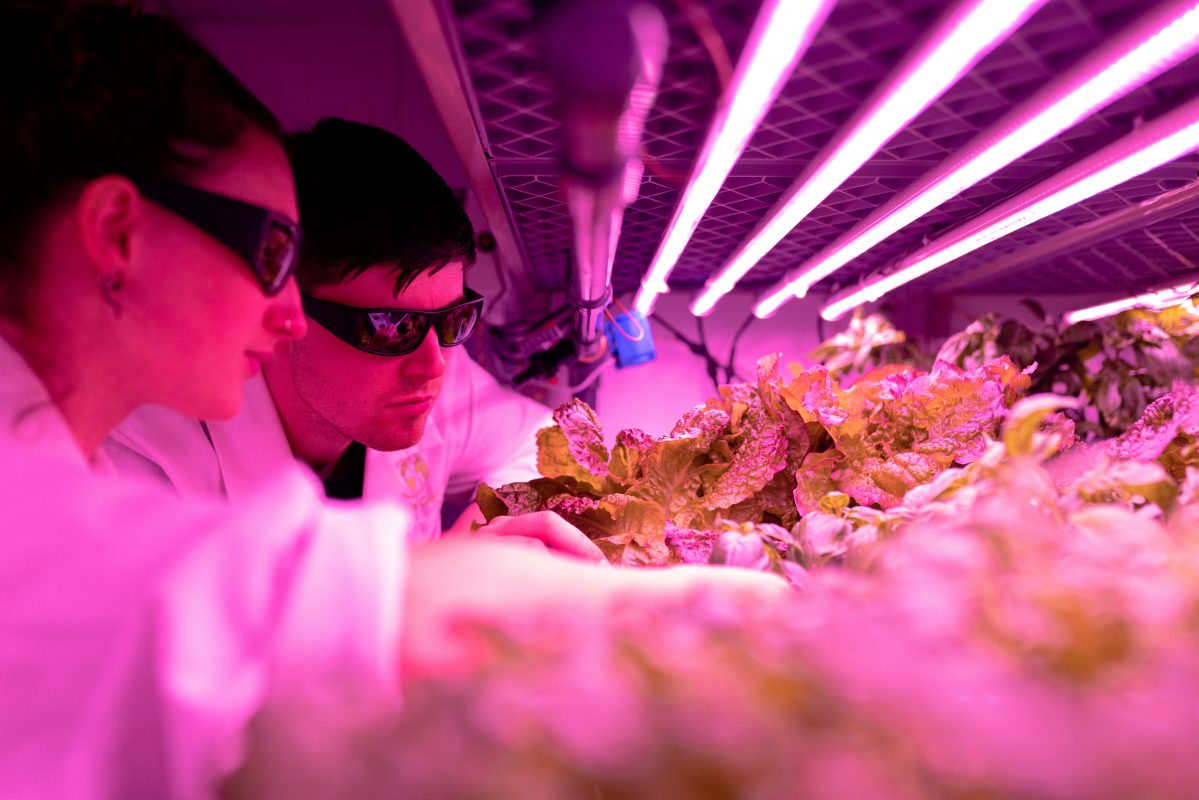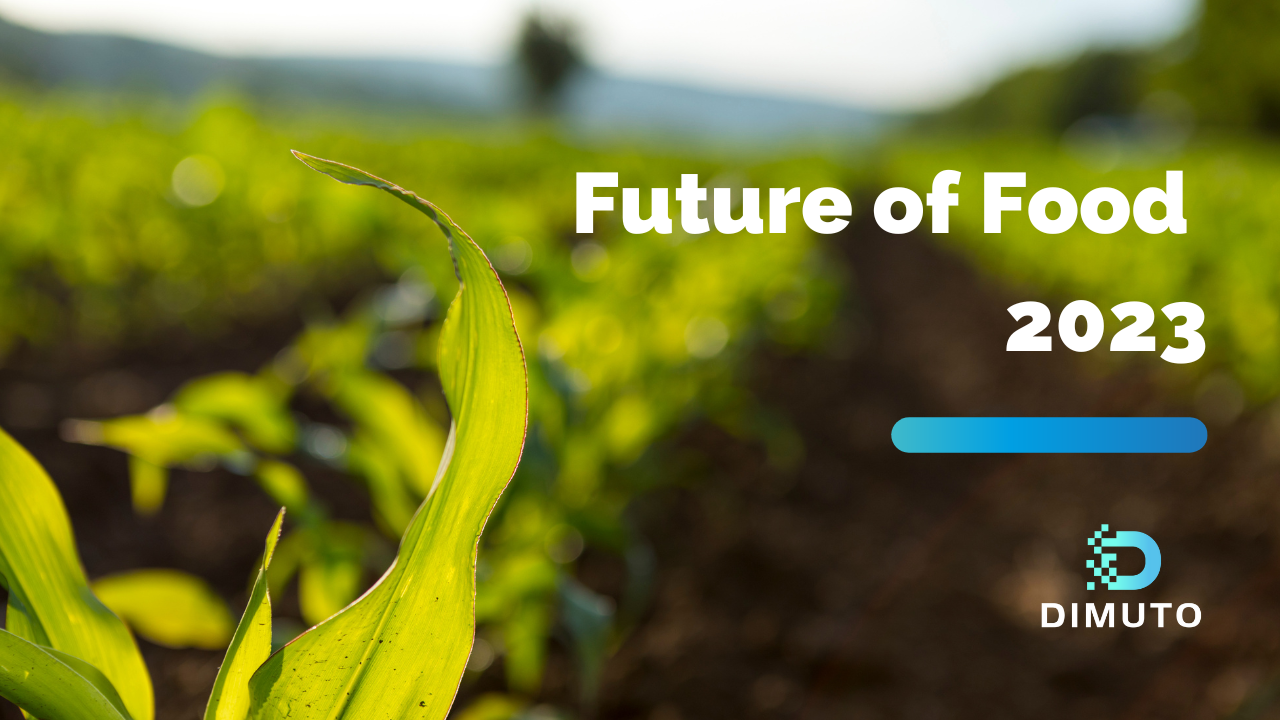The state of Agriculture is at a tipping point – in the face of increasing impact from climate change, we are starting to see more innovation that cuts across the supply chain as agriculture gains a brighter spotlight. Here are the key trends for the agriculture industry in the new year:
1. Sustainability remains on top of mind.
Sustainability continues to be a number one priority. More than just a buzzword of the moment, we have seen much action, research, and discussion on how to transform the global food system into one that is more sustainable. Thus far, a lot of attention has been focused on how to make the growing and farming of food more efficient – in terms of resource usage, yield output, nutritional value, and quality.
Renewed interest in regenerative farming, soil restoration and holistic food systems evaluation processes point at a growing ecological mindset adopted by the Agri industry. An offshoot on sustainable agriculture also includes breeding programmes for climate-resilient plant cultivars from food research institutions such as Plant & Food Research and VentureFruit.

The burgeoning USD$4.6 billion global vertical farming, a form of controlled environment agriculture, is considered highly efficient and sustainable method of food production. For instance, not only does it use around 250 times less water than a traditional farm, but it is also climate resilient due to its lack of reliance on natural weather.
2. Climate finance and green finance need to include food systems transformation.
Food systems are responsible for one-third of global greenhouse gas emissions, yet only 3% of public finance is directed to food systems. Climate finance has been growing in recent years, with annual climate finance flows in 2019/20 seeing a 15% increase from the previous year and reaching an average of USD$653 Billion. Continuous support of fossil fuels that almost doubled in 2021, and a lack of the necessary speed and scale from private finance to fuel the transition to sustainable agriculture are also notable barriers in financing a sustainable food future. Thus, there remains huge untapped opportunities in the intersection between climate finance and agriculture.
3. Price and cost sensitivity remain in a challenging operating environment.
Despite a general increase in prices of agricultural products, the costs of inputs and supply chain requirements have risen to match as well. News of soaring freight costs have become a constant in this last year, and it affects the entire world – More than 80% of the world’s traded products are carried by sea. The produce industry has also been hit hard with unprecedented high freight costs, posing a challenge to an industry that typically depends on high volumes rather than high margins. It is likely that the general trade environment will remain challenging in the next few months, as the effects from the ongoing Ukraine war and the sudden opening up of China will be felt.
4. Data-driven Agriculture and Supply Chain is the next frontier of agriculture.
Data and connectivity of data will be crucial in minimizing the high levels of unpredictability in global food supply chains and help to create a more efficient food system overall.
Beyond smart farming, having visibility of their own internal operations as well as across their supply chain can enable growers, exporters, importers, wholesalers, and retailers to reduce food waste, create a more efficient demand-supply model, track sustainability goals. It is estimated that by 2030, enhanced connectivity could add more than USD$500 billion to global GDP and a critical productivity improvement of 7-9% for the industry.

It is imperative to start rethinking the way the world produces and consumes our food. Food sustainability and climate finance need to solve problems of the global food system in a more holistic way, and a critical building block that cannot be ignored is data visibility.

 Español
Español 中文
中文
